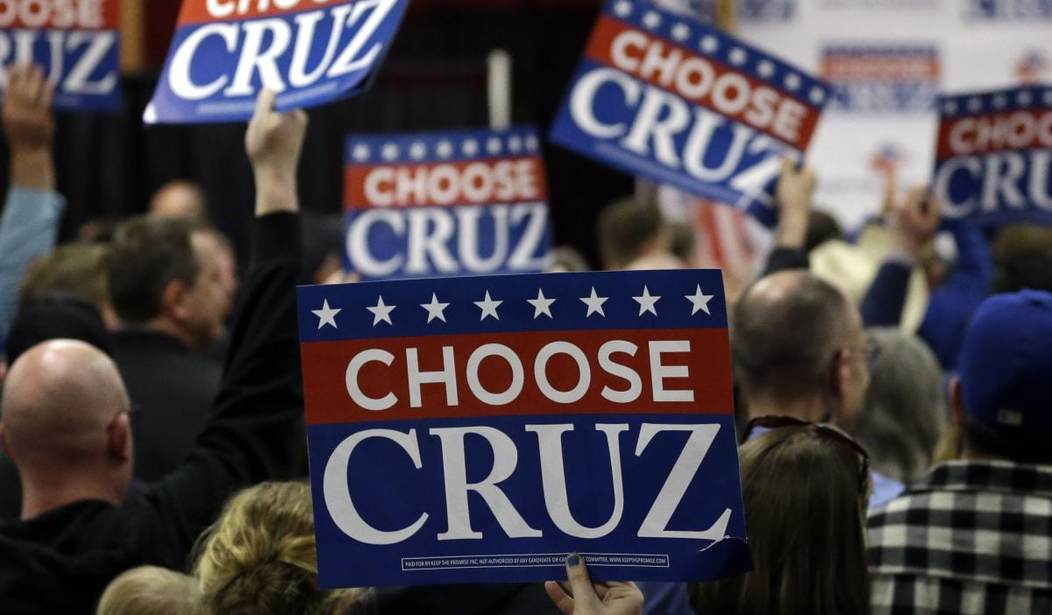The House Republican campaign organization has begun to pull support from some races they see as lost causes in order to concentrate on others that may be winnable. The grim business of political triage has been deemed necessary in order to husband limited resources and protect their majority.
The House GOP’s campaign arm pulled the plug on its remaining ad buys last week for the Pittsburgh media market, where Rep. Keith Rothfus (R-Pa.) is desperately fighting to hang on to his seat in a race against Rep. Conor Lamb (D-Pa.).
It’s grim news for Rothfus, who has largely been seen as a dead man walking since redistricting left him with a Democratic-leaning district and a difficult opponent in Lamb.
For the GOP, it’s likely a sign of things to come as the party seeks to target its money toward the races most likely to save its majority. Democrats need 23 seats to take back control of the House, and the GOP is defending dozens of seats that are seen as vulnerable.
“It’s a giant chessboard,” said one longtime GOP operative. “There’s obviously limited resources, and you need to make tough decisions. This is sort of an art form as opposed to a science.”
It’s also common sense. Almost four dozen Republican congressmen are retiring, were defeated in their primary, or are running for another office. The average number of open seats during past mid terms was 22. While many of those seats are in strong GOP districts, there are 25 seats currently held by the GOP in districts won by Hillary Clinton in 2016. (By contrast, there are 13 districts held by Democrats that went for Trump.)
Simply put, neither math, nor history favors the GOP. They are going to lose seats, so the question becomes can they avoid losing control of the House.
The Democrats are exceptionally well funded and largely avoided nominating left wing loons to run in vulnerable GOP districts. What Republicans have going for them is that voters may not like the GOP, but they hate the Democrats even more.
Heading into the November midterms, the Republican Party is the most popular it has been in seven years, according to a Gallup poll released Monday.
The poll found 45 percent of Americans view Republicans favorably — a 9-point increase from one year ago, when the GOP had a 36 percent favorable rating.
Gallup reported, “The parity in Republicans’ and Democrats’ favorable ratings marks a change from what has generally been the case since Barack Obama‘s election as president in November 2008.”
“Republicans have usually been rated less positively than Democrats over this time, with the Republican Party’s favorability rating for the last decade averaging 39 percent, compared with the Democratic Party’s 44 percent.”
A real wild card is the effect on the mid terms of the Kavanaugh nomination fight. Will Democrats’ tactics backfire on them? Will the smearing of Kavanaugh drive GOP voters to the polls? If Republicans can’t confirm Kavanaugh, will their voters stay home on election day?
The House GOP campaign arm can only guess which races are lost causes and which are still up for grabs. With 40 days to go before the polls open on November 6, they better guess right.










Join the conversation as a VIP Member